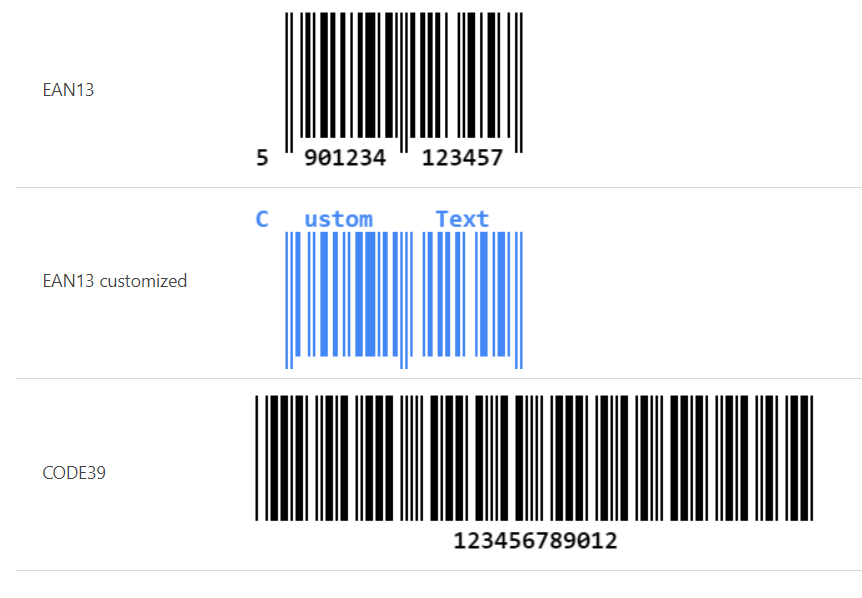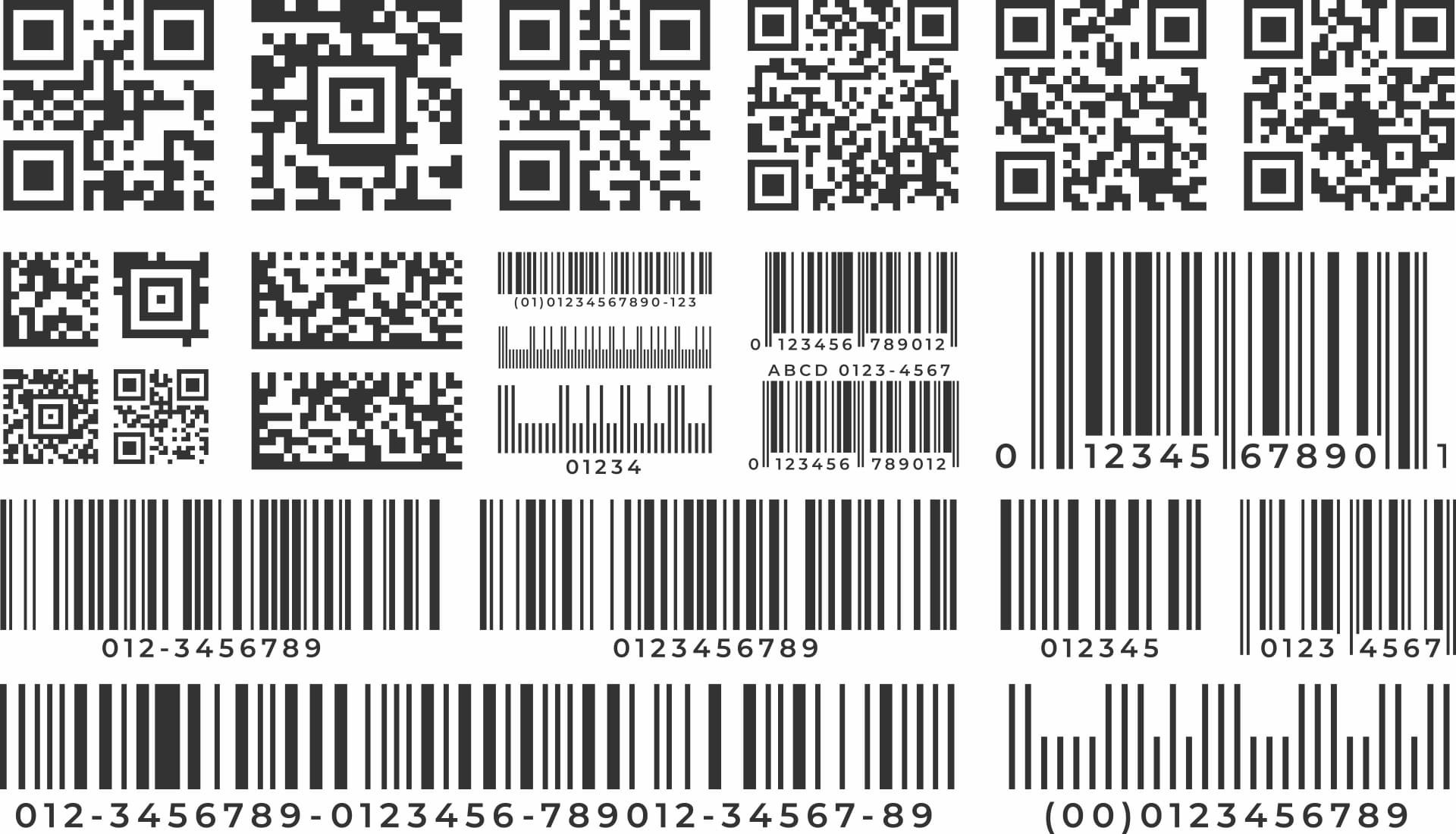

- #GSI BARCODE GENERATOR SERIAL NUMBER#
- #GSI BARCODE GENERATOR MANUAL#
- #GSI BARCODE GENERATOR REGISTRATION#
- #GSI BARCODE GENERATOR CODE#
- #GSI BARCODE GENERATOR ISO#
The part of the EAN‑13 labeled "EAN" is the Bookland country code. The parts of a 10-digit ISBN and the corresponding EAN‑13 and barcode.
#GSI BARCODE GENERATOR MANUAL#
Section 5 of the International ISBN Agency's official user manual : 11 describes the structure of the 13-digit ISBN, as follows: An International Standard Book Number consists of four parts (if it is a 10-digit ISBN) or five parts (for a 13-digit ISBN). : 12 The ISBN is thirteen digits long if assigned on or after 1 January 2007, and ten digits long if assigned before 2007. For example, an ebook, audiobook, paperback, and hardcover edition of the same book will each have a different ISBN assigned to it. OverviewĪ separate ISBN is assigned to each edition and variation (except reprintings) of a publication. Since 1 January 2007, ISBNs have contained thirteen digits, a format that is compatible with " Bookland" European Article Numbers, which have 13 digits. Some publishers, such as Ballantine Books, would sometimes use 12-digit SBNs where the last three digits indicated the price of the book for example, Woodstock Handmade Houses had a 12-digit Standard Book Number of 345-25 (valid SBN: 345-24223-8, ISBN: 3-8), and it cost US$5.95. By prefixing a zero, this can be converted to ISBN 1-8 the check digit does not need to be re-calculated.
#GSI BARCODE GENERATOR SERIAL NUMBER#
Reeder Returns, published by Hodder in 1965, has "SBN 340 01381 8", where "340" indicates the publisher, "01381" is the serial number assigned by the publisher, and "8" is the check digit. Īn SBN may be converted to an ISBN by prefixing the digit "0".
#GSI BARCODE GENERATOR ISO#
The ISO on-line facility only refers back to 1978.
#GSI BARCODE GENERATOR REGISTRATION#
ISO has appointed the International ISBN Agency as the registration authority for ISBN worldwide and the ISBN Standard is developed under the control of ISO Technical Committee 46/Subcommittee 9 TC 46/SC 9.
#GSI BARCODE GENERATOR CODE#
The United Kingdom continued to use the nine-digit SBN code until 1974. The 10-digit ISBN format was developed by the ISO and was published in 1970 as international standard ISO 2108. The ISBN identification format was conceived in 1967 in the United Kingdom by David Whitaker (regarded as the "Father of the ISBN") and in 1968 in the United States by Emery Koltay (who later became director of the U.S.

The International Organization for Standardization (ISO) Technical Committee on Documentation sought to adapt the British SBN for international use. They hired consultants to work on their behalf, and the system was devised by Gordon Foster, emeritus professor of statistics at Trinity College Dublin. In 1965, British bookseller and stationers WHSmith announced plans to implement a standard numbering system for its books.

The Standard Book Number (SBN) is a commercial system using nine-digit code numbers to identify books. The International Standard Music Number (ISMN) covers musical scores. Īnother identifier, the International Standard Serial Number (ISSN), identifies periodical publications such as magazines and newspapers. The International ISBN Agency sometimes assigns such books ISBNs on its own initiative. Privately published books sometimes appear without an ISBN.

The 10-digit ISBN format was developed by the International Organization for Standardization (ISO) and was published in 1970 as international standard ISO 2108 (the 9-digit SBN code can be converted to a 10-digit ISBN by prefixing it with a zero). The initial ISBN identification format was devised in 1967, based upon the 9-digit Standard Book Numbering ( SBN) created in 1966. The method of assigning an ISBN is nation-specific and varies between countries, often depending on how large the publishing industry is within a country. The ISBN is ten digits long if assigned before 2007, and thirteen digits long if assigned on or after 1 January 2007. For example, an e-book, a paperback and a hardcover edition of the same book will each have a different ISBN. Īn ISBN is assigned to each separate edition and variation (except reprintings) of a publication. Publishers purchase or receive ISBNs from an affiliate of the International ISBN Agency. The International Standard Book Number ( ISBN) is a numeric commercial book identifier that is intended to be unique.


 0 kommentar(er)
0 kommentar(er)
